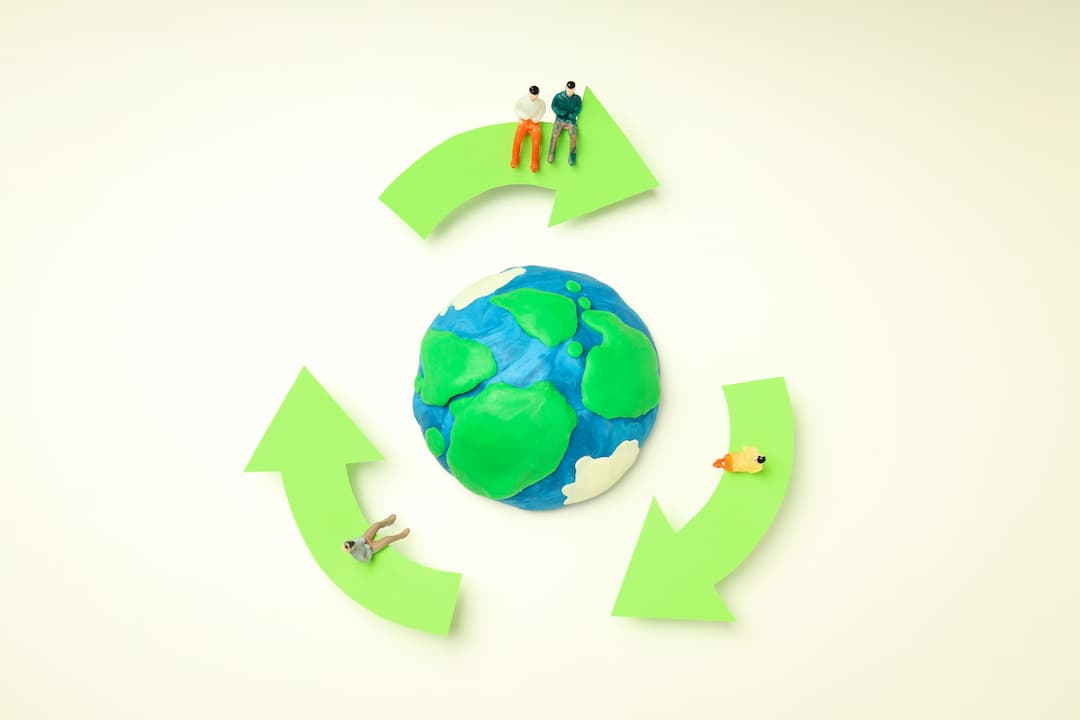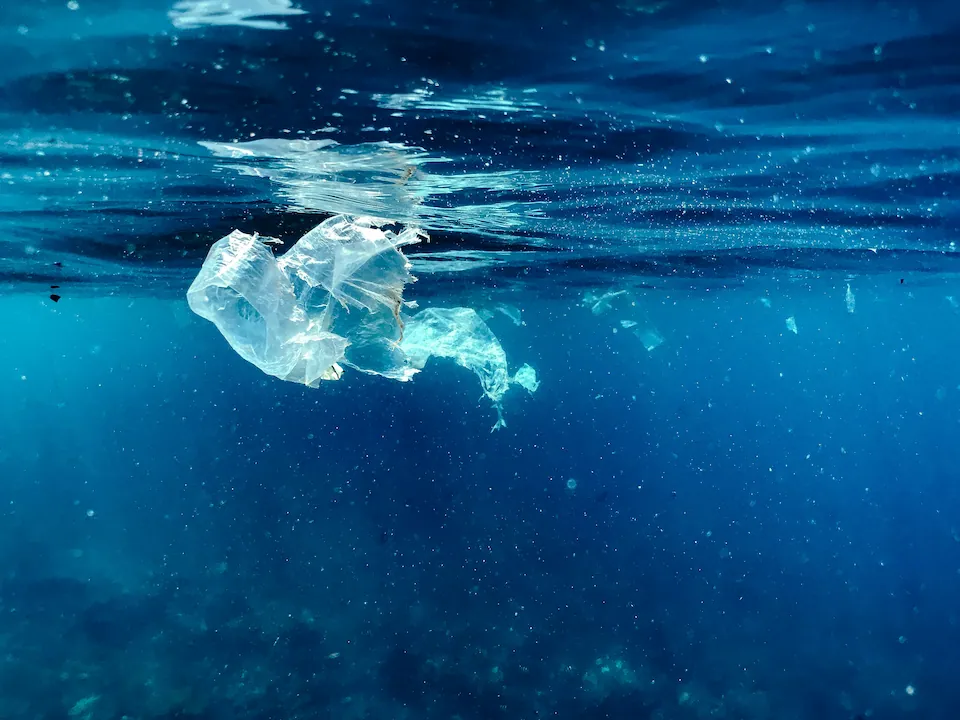 Plastic Pollution and Recycling
Plastic Pollution and Recycling

Ocean-bound plastic has undoubtedly become a buzzword in the environmental space. You might have heard of it, but many wonder the same thing – what does it really mean and what are the solutions for plastic pollution?
Simply put, ocean-bound plastic is any discarded plastic material within 50 kilometers of our precious seas, streams, rivers, and lakes that is likely to enter the ocean.
As explained in a research published by Jenna Jambeck et al1, plastic makes its way to our coastal environments and marine ecosystems due to improper waste management, or a lack thereof.
Plastic, even in communities in-land from coastlines, finds its way from households, shops, and streets, to rivers, and streams, and drifts onward to seas and the ocean.
Ultimately, wherever you live, it’s safe to assume that plastic waste from your community can leak into the environment and into our waters.
The Alarming Truth
We really need to find some solutions for plastic pollution. According to the UNEP2, it is estimated that more than 11 billion kilograms of plastic enter the ocean each year – this equates to 1 garbage truck per minute. Plastic waste in the ocean comes in different forms – beverage bottles, shampoo sachets, takeout food containers, grocery bags, and straws.
Unlike other forms of waste, plastic packaging and other plastic products can take over a hundred years to decompose fully. Some plastic materials float, some stay at the bottom of the ocean, and others break down into tiny pieces called microplastic. Marine animals often mistake plastic for food which causes death by suffocation, starvation, plastic poisoning, and drowning.
Much like our marine animals, humans are not immune to unknowingly eating microplastic. According to an article from National Geographic3, Belgian scientists announced in 2017 that seafood lovers could consume up to 11,000 plastic particles a year by eating mussels alone. But seafood is not the only culprit – microplastic is finding its way into all types of food sources at an alarming rate.
Solutions for Plastic Pollution: Ocean-Bound
By 2030 ocean plastic is expected to double, and by 2050 there will be more plastic waste in the ocean than fish. This statistic alone is enough to overwhelm us. Is it even possible to do something to stop the growing numbers of plastic waste entering the ocean every day? Where do we even begin?
There’s never going to be a perfect time to start, and the world can’t wait for us to have all the right answers. All we need to do is start where we are, with what we have.
Be Part of the Solution to Plastic Pollution
There are many ways you can find solutions for plastic pollution, just join the Social Recycling movement and help save the ocean from plastic pollution. Here are some recommendations to get you started:
- Find out how much plastic you consume through our Plastic Footprint Calculator, then take steps to reduce that plastic footprint.
- Avoid single-use plastic and choose reusable containers and bottles instead. Buying groceries in bulk is also another way to reduce plastic consumption.
- Exhibit demand. Talk to your local grocers and ask for products and packaging that are helping to regenerate our resources by integrating reusable, recycled or biodegradable materials.
- Join the Plastic Bank movement. Check out our Partnership Programs to find out how you can get involved.
Become a part of our growing community of Ocean Stewards and the solutions for plastic pollution! Visit plasticbank.com to learn more.




